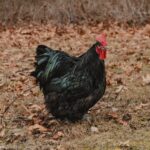
- Black English Orpington – Sold as Baby Chicks Only
Minimums – Not Sexed = 3
Female= 3
Male=1
Total of 3 birds to ship
Seasonal/Shipped Early Feb thru Mid August.
Limit of 5 Females and Males.
Limit of 10 Straight Run.

Minimums – Not Sexed = 3
Female= 3
Male=1
Total of 3 birds to ship
Seasonal/Shipped Early Feb thru Mid August.
Limit of 5 Females and Males.
Limit of 10 Straight Run.
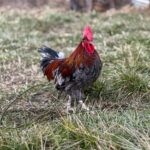
Male=1
Total of 3 birds to ship
Seasonal/Shipped Early Feb thru Mid August.
Limit of 10 Females and Males.
Limit of 20 Straight Run.
Continue Reading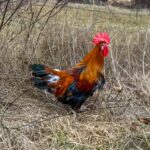
Minimums – Not Sexed = 3
Female= 3
Male=1
Total of 3 birds to ship
Seasonal/Shipped Early Feb thru Mid August.
Limit of 10 Females and Males.
Limit of 20 Straight Run.
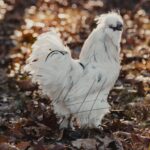
Seasonal/Shipped Early Feb thru Mid August.
Limit of 5
Continue Reading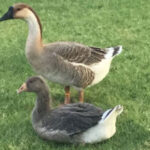
Backyard geese are nearly as majestic as swans, but are a whole lot less expensive to buy and to raise. Not only are they aesthetically pleasing, but they also serve many useful purposes. Here are 12 wonderful reasons to keep geese in your backyard. 1. Goose meat is delectable Most breeds of domestic geese originally […]
Continue Reading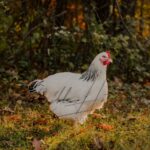
Not Sexed = 3
Female = 3
Male = 1
Total of 3 birds to ship
Seasonal/Shipped Feb thru October
Limit of 10 on Not Sexed
Limit of 5 on Male and Females
Continue ReadingEnjoy your free downloadable gift for updating your dealer listing with us here at Cackle Hatchery! Click Here to Download As an added bonus after downloading feel free to print any Cackle Hatchery sales sheets for poultry you may need instore: PRINTABLE CHICK SALES SHEETS Tips for printing: Make sure your printer settings are set […]
Continue Reading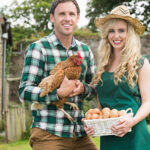
Chicken keepers in the United States are a diverse bunch in such things as where they live, how many chickens they keep, and what they feed their flock. A paper published in Poultry Science offers some interesting insights about who, exactly, chicken keepers are. Urban or Rural Backyard chicken keepers in the United States are […]
Continue Reading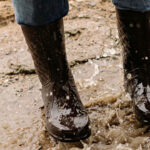
Using a boot bath before and after you visit your chickens keeps your footwear clean. More important, it enhances your biosecurity measures to ensure that your flock stays healthy. The procedure for maintaining a boot bath and sanitizer is easy and inexpensive. Make a Boot Bath To make a boot bath and sanitizer, you need […]
Continue ReadingJoin us to benefit youth poultry groups! Every year during the chicken festival, we auction off chickens with proceeds going to organized youth poultry groups. This is a traditional silent auction with bid sheets. Come and browse the beautiful birds that we are auctioning off. Be a part of the bidding for a good cause. […]
Continue Reading